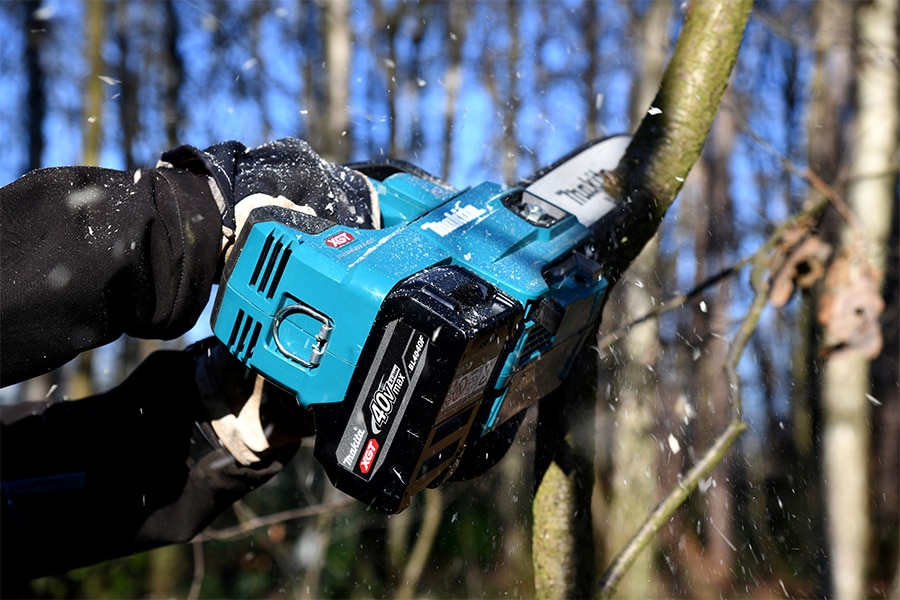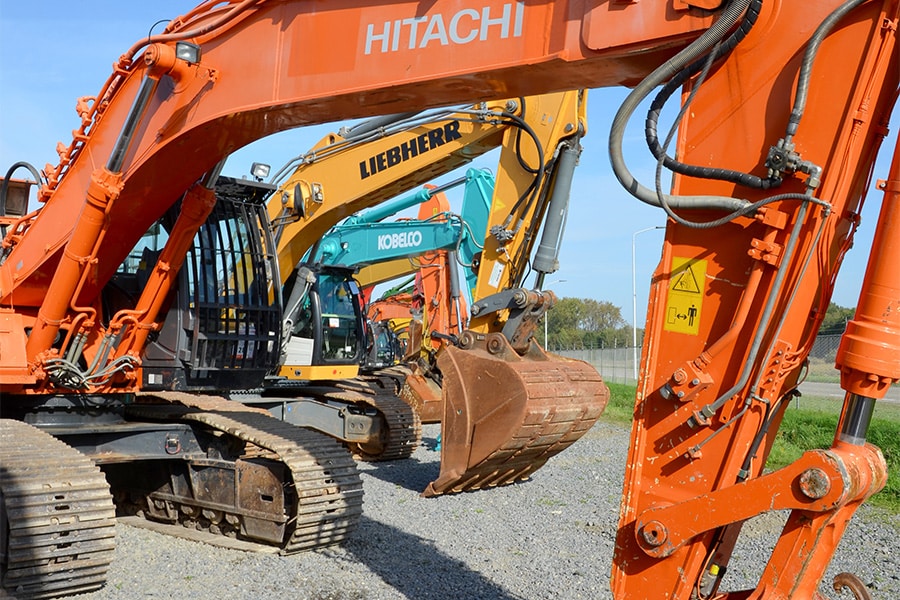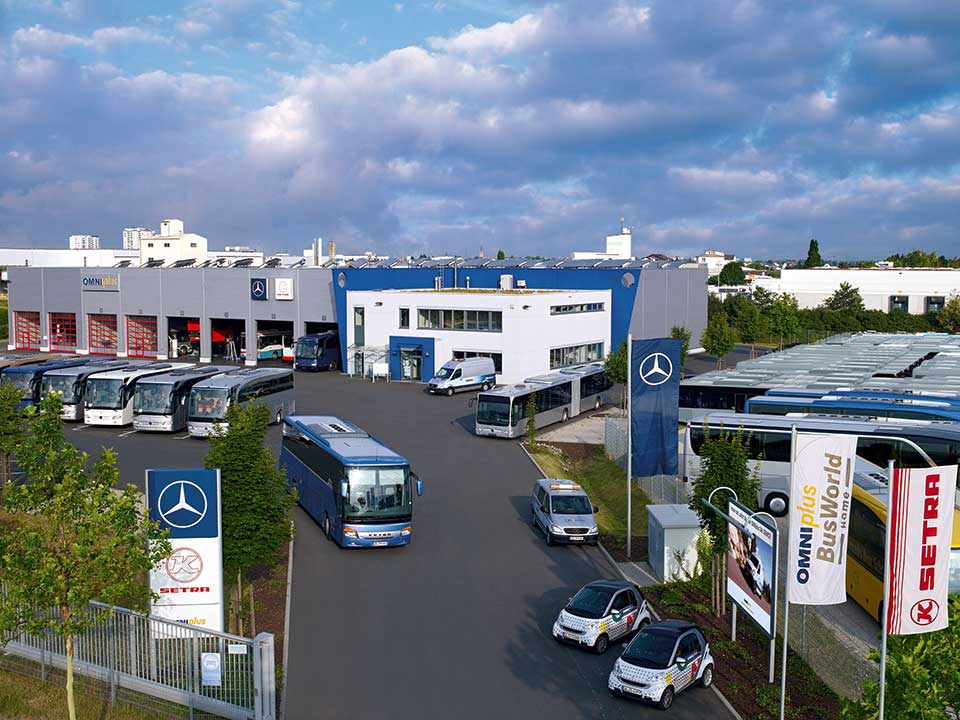
2021 - an anniversary year for Daimler Trucks and Buses
In 1896, Gottlieb Daimler proposed the first truck; in 1946, the first Unimog toiled over untraveled terrain as a prototype; five years later, in 1951, Otto Kässbohrer followed with the first bus with a self-supporting structure - Setra; and finally, in 1996, the prototype of the modern truck, the Mercedes-Benz Actros, saw the light of day.
1896 - the first truck
When Gottlieb Daimler presented his first truck, which still had wooden wheels with a steel protective band, in 1896, the world was not waiting for that vehicle. No buyer could be found in Germany, and in England where the vehicle finally found a candidate, an attendant still had to walk in front with a red flag to warn other road users. And yet this menace, which had been given the name Phoenix and powered by a 4-hp, 1.06-liter twin-cylinder engine on the rear wheels, was the beginning of an unparalleled success story in freight transportation.

Incidentally, the Phoenix had little in common with a real truck: strictly speaking, it was a converted horse-drawn wagon. The chassis was equipped with transverse leaf springs at the front and coil springs at the rear. This suspension was absolutely necessary, not only because the roads of the time were in poor condition, but also because the engine reacted particularly sensitively to shocks.
A modern aspect, however, was the final part of the driveline: a belt transmitted the engine power to a shaft mounted transverse to the longitudinal direction of the vehicle. On both ends of that shaft was mounted a pignon, that is, a reduction gear. Each tooth of that pignon engaged in the inner teeth of a gear ring or ring gear that was firmly connected to the wheel to be driven. This construction principle became a design feature of Mercedes-Benz trucks much later: the axle with planetary hub reduction - in the "new generation," in the SK (Schwere Klasse - heavy category) and even today in trucks for the construction industry.
1946 - The first prototype of the Unimog
In 1946, the "Prototype 1" of the Unimog conducted its first test run. Chief designer Heinrich Rößler himself was behind the wheel and tried out the prototype on the difficult mountain roads near Schwäbisch Gmünd - the vehicle did not yet have a cab, but was already loaded with wood. The creation of the Unimog was closely linked to the problematic situation in the years after the war when it was particularly difficult to supply the population. In 1945 and 1946 there was a huge shortage of foodstuffs. That situation gave Albert Friedrich, who years later would head the development department for aircraft engines at Daimler-Benz AG, the idea for an agricultural vehicle that could increase productivity in agriculture.
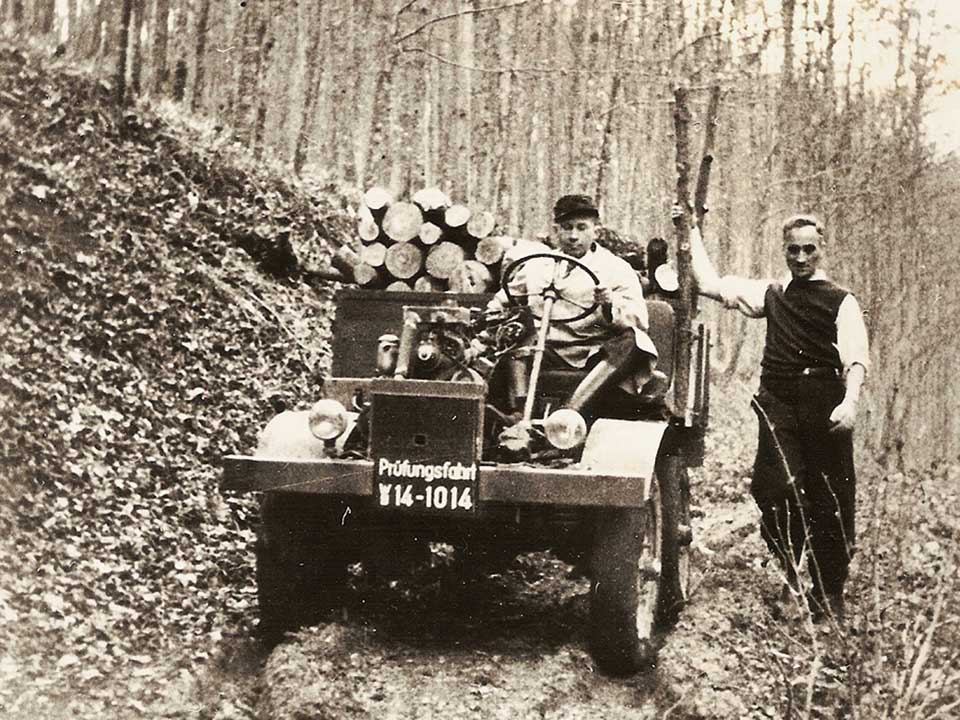
Friedrich had contacted Erhard & Söhne, a Schwäbisch Gmünd metal construction company and a Daimler-Benz supplier, again after the end of the war. And as early as December 1945, the "L" (Landwirtschaft - agriculture) department went to work. Friedrich entrusted the management of the project to his then employee, technical designer Heinrich Rößler. The latter began his work on January 2, 1946. In just a few weeks, a completely new design was worked out in which the engine and gearbox were placed to the right of the vehicle center. This allowed the cardan shaft tubes - which protect the drive shafts - to be placed at right angles to the axles, and only four drive couplings were needed for the chassis. An ingenious design that is still used today, 75 years later, in the Unimog of the exceptional mobile construction series U 4023/U 5023. In March 1946 Hans Zabel from Gaggenau, who was involved in the project from the beginning, coined the name Unimog (Universal-Motor-Gerät - universally deployable motor vehicle) and in October 1946 the first test run followed.
1951 - The first bus from Setra
The Setra brand is proud of its roots. In 1951, Ulm-based Kässbohrer Fahrzeugwerke presented the S 8 which immediately gave the brand its name, Setra referring to "self-supporting. The first series-built bus with a self-supporting body, a rear-mounted engine and a directly driven rear axle was presented at the IAA (Internationale Automobil Ausstellung) in Frankfurt. Over the past seventy years, the brand has not only set new benchmarks in European bus construction with a total of six series production, but has also inspired, changed and driven that sector forward. The current flagship of the brand, which always stands for maximum individuality, is the S 531 DT, a double-decker of the Setra TopClass 500.
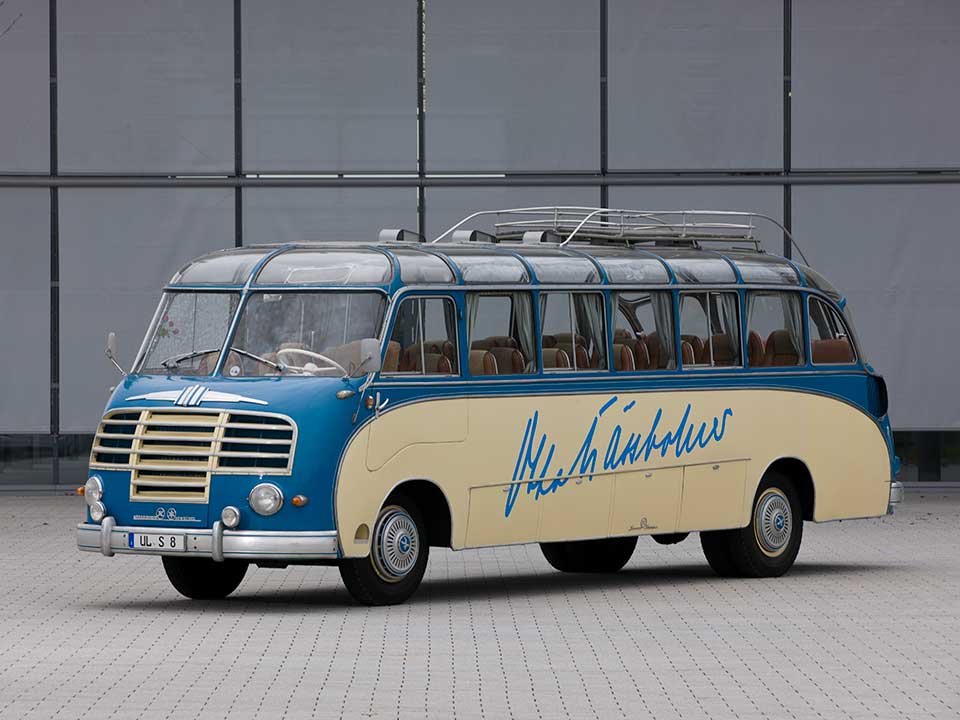
Back in 1996, a year after Mercedes-Benz Omnibusse and Setra merged to form EvoBus GmbH, Omniplus, the brand umbrella for all after-sales service activities of the two brands, was created. The basis for Omniplus were the previously successful customer services of both brands. Today Omniplus has a service network of more than 650 workshops in 42 European countries, provides specific services for buses and offers original spare parts, effective training and innovative digital services - all from a single source.
1996 - The Mercedes-Benz Actros
At the end of September 1996, Mercedes-Benz made its appearance at the IAA Nutzfahrzeuge with a new heavy truck that would revolutionize the industry: the Actros was the first truck with disc brakes all round and with the electronic braking system EBS. The combination of these two technologies made the Actros the safest vehicle in its class. Innovative technologies such as the "Telligent" systems increased efficiency even further: service intervals were more than doubled, fuel consumption was 3 to 7% lower depending on the application, and payload increased by 400 kg. Moreover, this was accompanied by significantly higher safety and comfort levels. For example, the braking distance of the Actros at a speed of 85 km/h could be shortened by the length of a tractor-trailer combination thanks to the Telligent braking system with disc brakes. Considerable attention was also paid to a variety of details: a new covering for the fenders, for example, effectively reduced spray in rainy weather.
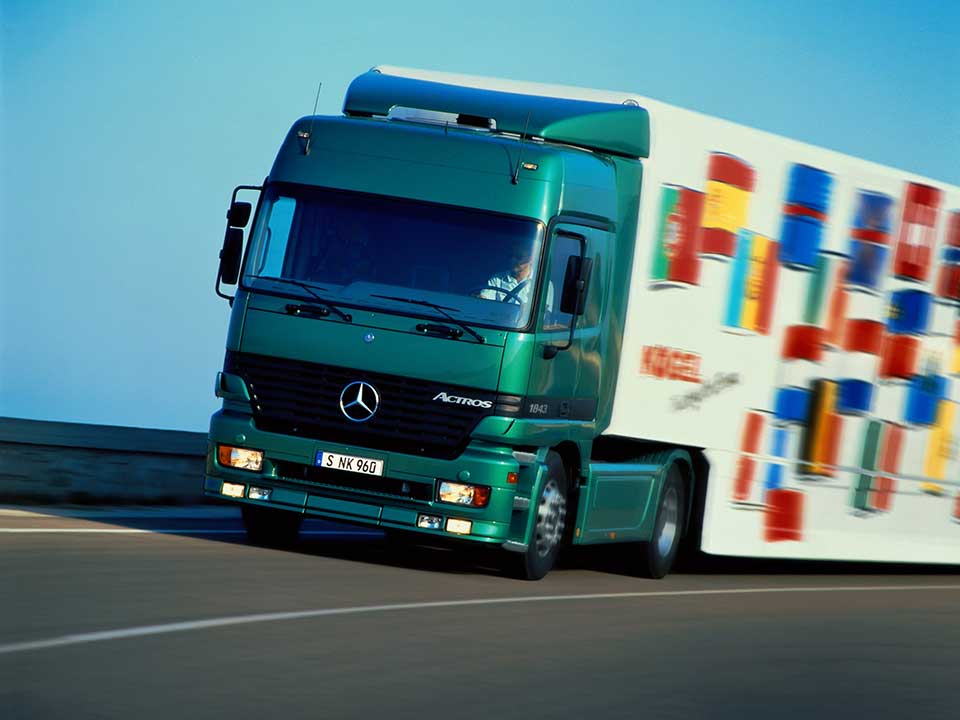
The newly developed, more fuel-efficient V-engines and improvements in vehicle assembly made the trucks more environmentally friendly: vehicle assembly required almost up to 50% less energy. The new cabs offered up to 47% more interior space and were fully tailored to the driver's needs. The cabs were also safer: they had passed the whole range of different crash tests, both in simulations and in practice. Other novelties included airbags and seats with integrated belt tensioners.
Every new Actros presented has been voted "Truck of the year," and even today the Actros continues to lead the way in safety.

